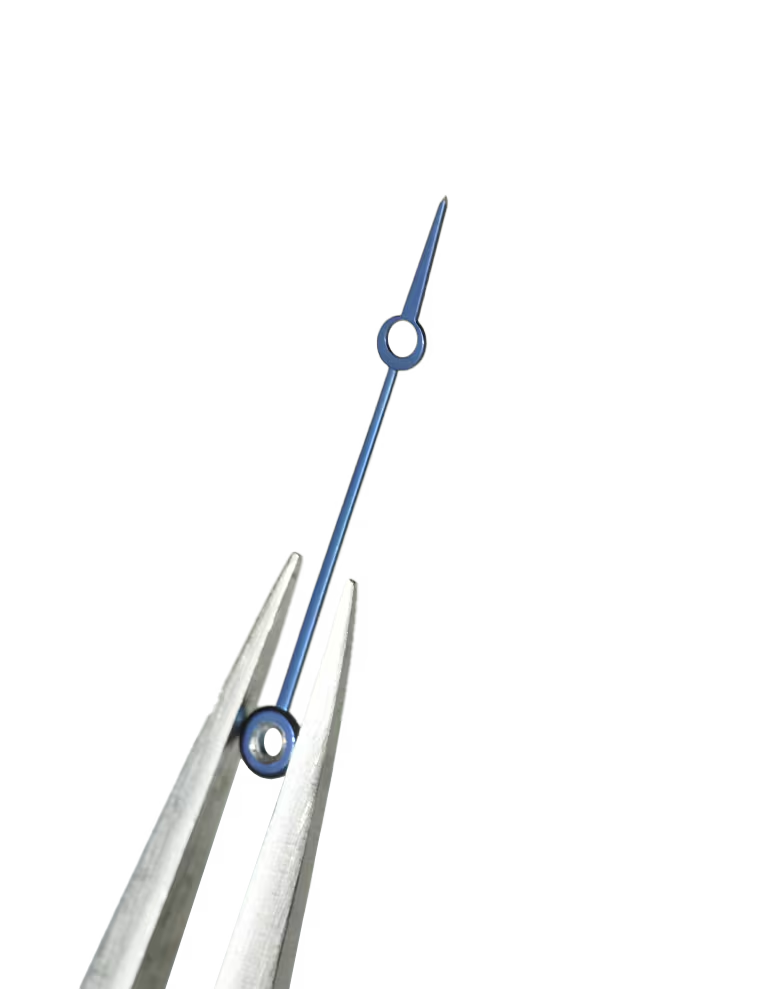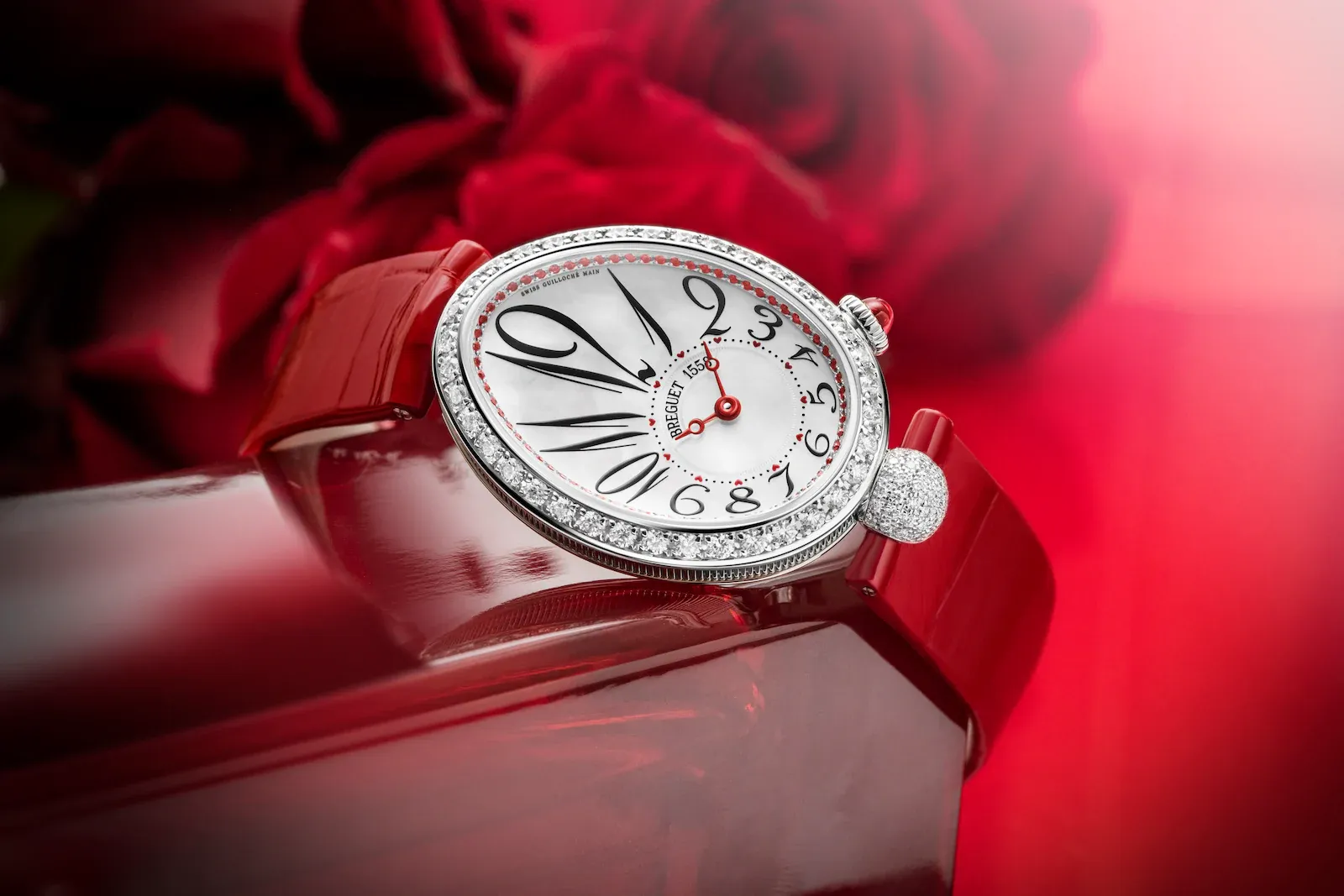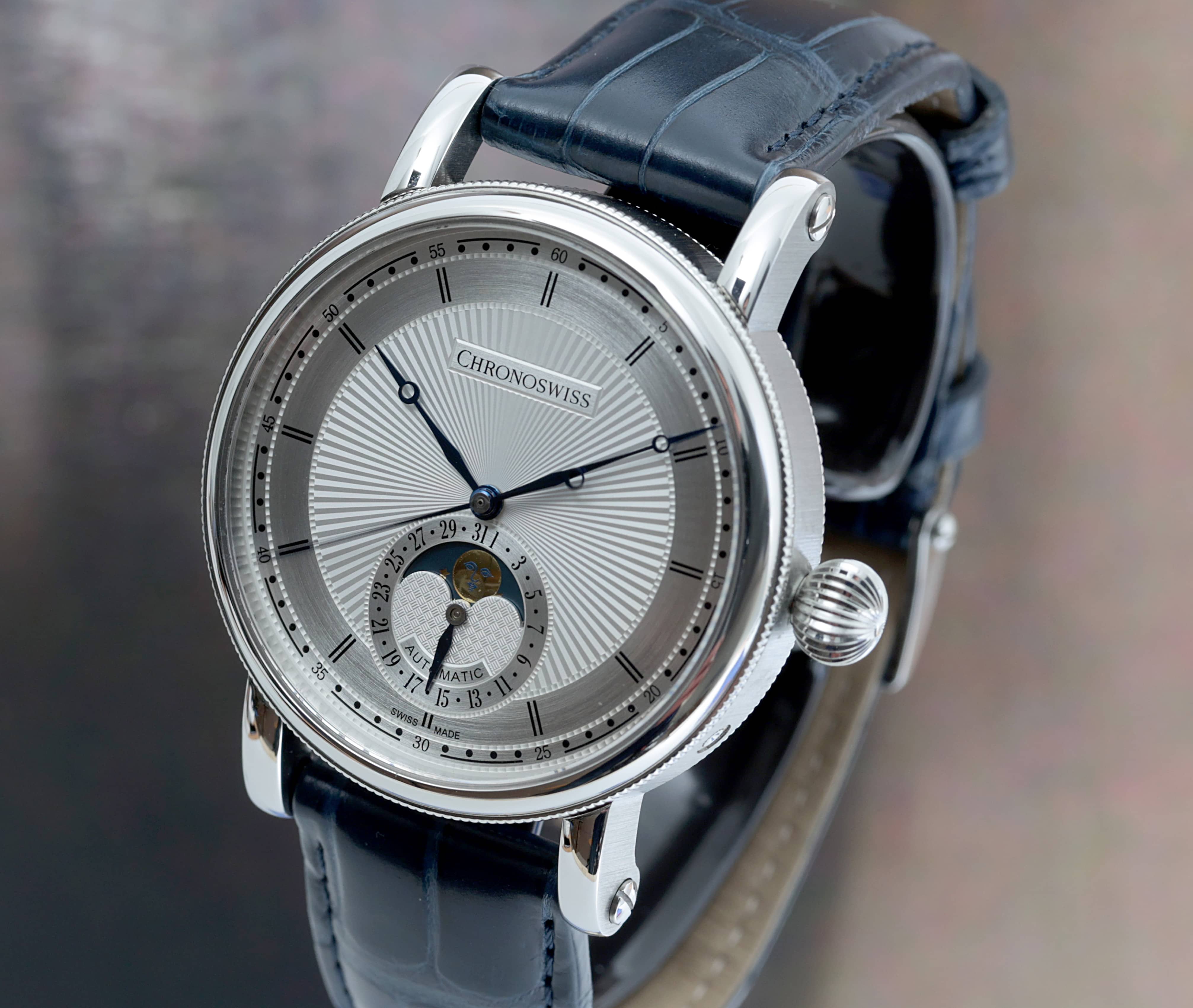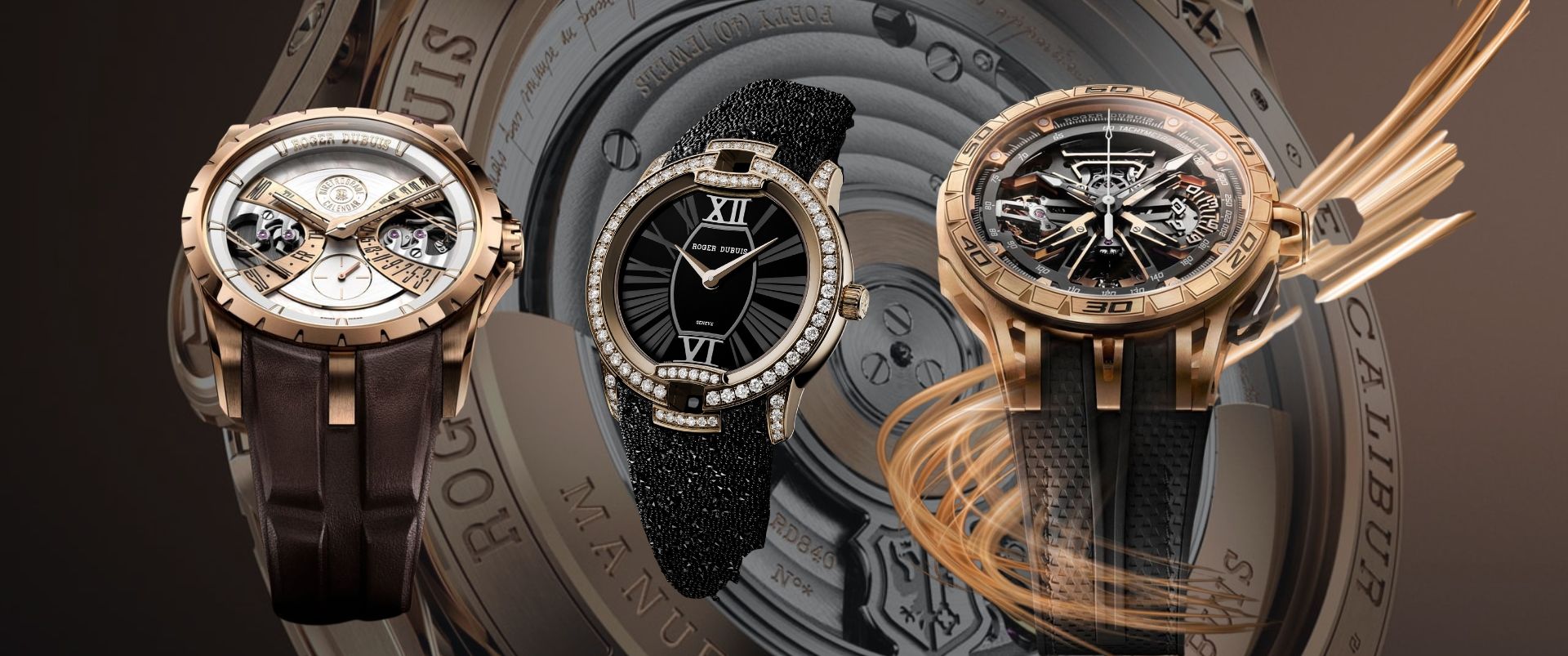Know Your Watches: What Are Breguet Hands?
Breguet hands are one of the most iconic and recognizable elements in the world of horology, known for their elegance, simplicity, and sophistication. These hands are named after the legendary watchmaker Abraham-Louis Breguet, who is widely regarded as one of the most important figures in watchmaking history. Breguet hands have become a hallmark of fine watchmaking and are associated with luxury, craftsmanship, and tradition. In this article, we will explore the history of Breguet hands, their unique design features, and their significance in modern watchmaking.
The Origins of Breguet Hands
The story of Breguet hands begins in the late 18th century with Abraham-Louis Breguet, a French-Swiss watchmaker who revolutionized the industry with his innovative designs and technical advancements. Breguet was born in Neuchâtel, Switzerland, in 1747, but he spent much of his career in Paris, where he established his own workshop. He quickly gained a reputation for his precision, creativity, and attention to detail.

One of Breguet's many contributions to horology was the development of the Breguet hands, which he introduced around 1783. At the time, watch hands were typically quite ornate, often featuring intricate shapes and embellishments. However, Breguet wanted to create something different—something that combined both form and function. The result was a design that was not only aesthetically pleasing but also highly legible, a critical factor in timekeeping.
Design Features of Breguet Hands
Breguet hands are instantly recognizable due to their distinct design. They are characterized by slender, elongated shafts that end in a circle or "pomme" near the tip, with a sharp, needle-like point extending from the center of the circle. This unique combination of geometric shapes gives Breguet hands their timeless appeal and makes them stand out from other types of watch hands.
The simplicity of the design is key to its elegance. The thin, elongated shafts of the hands create a sense of refinement and precision, while the pomme adds a subtle decorative touch. This balance between minimalism and ornamentation is one of the reasons why Breguet hands have remained popular for over two centuries.

Another important feature of Breguet hands is their legibility. Despite their delicate appearance, these hands are designed to be easy to read, even at a glance. The sharp point at the end of the hand allows for precise time reading, while the pomme helps to differentiate the hands from other elements on the dial. Breguet hands are typically made from high-quality materials, such as blued steel or gold, further enhancing their luxurious appearance. The blued steel, in particular, has become a signature element of many Breguet watches, creating a striking contrast against the watch dial.
The Significance of Breguet Hands in Watchmaking
Breguet hands are not just a design choice; they represent a commitment to quality and tradition. For many watchmakers, incorporating Breguet hands into their designs is a nod to the legacy of Abraham-Louis Breguet and his contributions to the art and science of horology.
Over the years, Breguet hands have become a symbol of classic watchmaking. They are often associated with haute horlogerie—high-end watchmaking that emphasizes craftsmanship, technical expertise, and attention to detail. Many of the world's most prestigious watch brands, including Breguet, continue to use Breguet hands in their timepieces as a way of honoring this tradition.

In addition to their historical significance, Breguet hands have also influenced modern watch design. Their timeless aesthetic has inspired countless watchmakers, and variations of the Breguet hand design can be found in many contemporary watches. Some brands choose to reinterpret the Breguet hand by altering its proportions or materials, while others stay true to the original design, preserving its classic appeal.
Examples of Watches with Breguet Hands
One of the most famous watches to feature Breguet hands is the Breguet Classique, a collection of timepieces that embody the essence of traditional watchmaking. The Breguet Classique watches are known for their clean, elegant dials, which often include guilloché patterns and Roman numerals, complemented by the iconic Breguet hands. These watches are a testament to Breguet's enduring influence on the watch industry and remain highly sought after by collectors and enthusiasts.
Another example is the Breguet Tradition collection, which draws inspiration from the brand’s early pocket watches. These watches feature exposed movement components on the dial, showcasing the intricate mechanics of the timepiece, and are paired with the classic Breguet hands for a refined yet technical aesthetic.

Beyond Breguet’s own collections, many other luxury watch brands incorporate Breguet hands into their designs as a tribute to the master watchmaker. Brands such as Patek Philippe, A. Lange & Söhne, and Vacheron Constantin have all used Breguet-style hands in their watches, demonstrating the widespread influence of this iconic design.
Breguet hands are much more than just a functional element of a watch. They are a symbol of the artistry, precision, and innovation that define fine watchmaking. Their simple yet elegant design has endured for over two centuries, proving that great design is timeless. Whether featured in a classic Breguet timepiece or a modern reinterpretation, Breguet hands continue to captivate watch enthusiasts and collectors around the world. Their legacy is a testament to the vision of Abraham-Louis Breguet and his lasting impact on the world of horology.
No articles found





